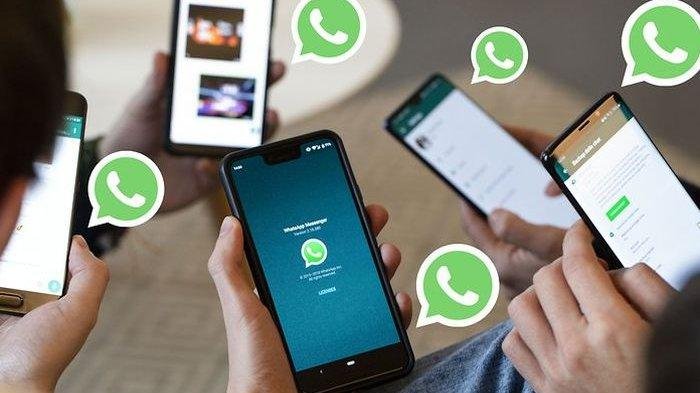1. Prioritize Utility and Service Messages Within the Free Window
- Send as many utility and customer service messages as possible within the 24-hour customer service window, since these will be free from November 2024 onward under the new pricing model.
- Encourage customers to initiate conversations (e.g., via QR codes, website chat prompts, or post-purchase follow-ups) so your replies fall within this free window.
2. Segment and Target Your Audience
- Segment your audience based on purchase history, engagement level, and customer value to ensure only relevant, high-impact messages are sent57.
- Focus your marketing and promotional messages on high-value or high-potential segments to maximize ROI and minimize unnecessary sends7.
3. Limit and Optimize Marketing Messages
- Since each marketing message will be billed individually, reduce broadcast frequency and focus on quality over quantity.
- Use behavior-based triggers (e.g., abandoned cart, birthday offers) to send marketing messages only when they’re most likely to convert5.
- Test and refine your message content and timing using A/B testing to improve engagement and conversion rates, ensuring you get the most out of every paid message46.
4. Keep Messages Short, Clear, and Action-Oriented
- Craft concise messages to increase clarity and engagement, which can lead to higher conversion rates and better ROI per message sent56.
- Use strong calls to action and personalize content to the recipient’s preferences and behavior.
5. Automate and Personalize with AI and CRM Integration
- Leverage automation to send timely, relevant messages based on customer actions, reducing manual effort and avoiding unnecessary sends5.
- Integrate with your CRM to ensure messaging is coordinated with other channels and tailored to each customer’s journey7.
6. Use Multichannel Strategies
- Combine WhatsApp with other channels like email, SMS, and push notifications for broader reach and to reserve WhatsApp for high-impact, time-sensitive communications7.
- This approach allows you to manage costs by shifting less urgent or less valuable messages to lower-cost channels.
7. Monitor, Analyze, and Iterate
- Regularly review your messaging data to identify which messages and campaigns deliver the highest ROI4.
- Gather customer feedback and continuously refine your strategy to ensure you’re sending the right messages to the right people at the right time4.

